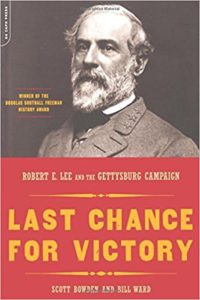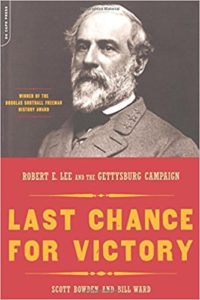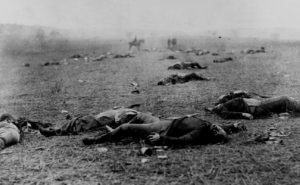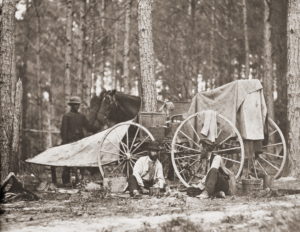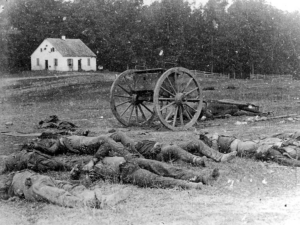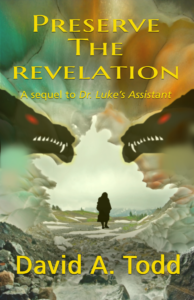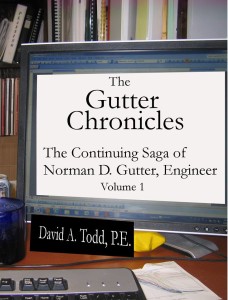
That’s about all that’s left to be done on my current book: 5 percent.
Even less, in fact. I’ve completed three rounds of edits. I heard back from my beta reader. I brainstormed the cover and think I can pull it off on my own. I’ve even set up a mock paperback edition, so I would know how big it would be.
All that’s left is for me to find two or three hours of computer time to type the edits and do some last minute formatting changes. But, since I got home from vacation last Saturday, that time hasn’t materialized. Saturday and Sunday were mostly taken up with the return home and continuing to help with the grandkids. They left Sunday evening. For that evening and until I went back to work Wednesday morning, I completed my reading of the manuscript and marking edits. I did find about an hour of computer time to type some of those edits, but have much more to go.
Wednesday afternoon, I had a wisdom tooth pulled. The reasons why would take too long to explain. I figured I’d be up to some computer time that evening. I was wrong. I really didn’t feel like doing anything, so be watched a bunch of episodes of The West Wing, season five. That’s where we left off three or four years ago, and we wanted to finish the series. That continued Thursday evening, and I suspect it will continue this evening. We have several more discs/episodes to go. Still, it would be nice to get at least an hour of typing done tonight. I’m planning on it.

That’s one of the beauties of self-publishing. Deadlines are self-imposed. So if Life prevents you from meeting a deadline, no one is waiting for you. Just reschedule and go on. So that’s what I’m doing. I’m sure that, between Friday, Saturday, and Sunday, I’ll find enough time to type all my edits. I also have three places marked where I think it would be good to add a little more narrative. I don’t know that those places are critical, but, as I read through this last time, I thought more narrative would be beneficial. Hopefully, I’ll be able to find those pages again as I flip through the manuscript.
I was quite pleased with the comments my beta reader made. He’s a fellow writer who has a great interest in history, especially in the Civil War. Like me, he’s a northerner who spent most of his adult life living and working in the South, more years than me, actually. He confirmed to me that my goals for the book had been met, in that I:
- was informative
- brought out facts not commonly known
- had a good mix of documents to be examined
- struck a good balance between Northern and Southern interests as they were expressed at the time of the war
- correctly showed slavery was the main reason for the war
- didn’t gloss over Southern interests other than slavery
- and did a good job linking the issues then to issues we face today.
That’s exactly what I’m hoping for this book, and for the series, so I’m glad for those comments.
Now, on to typing! On to publishing! I might yet get this done in July.
